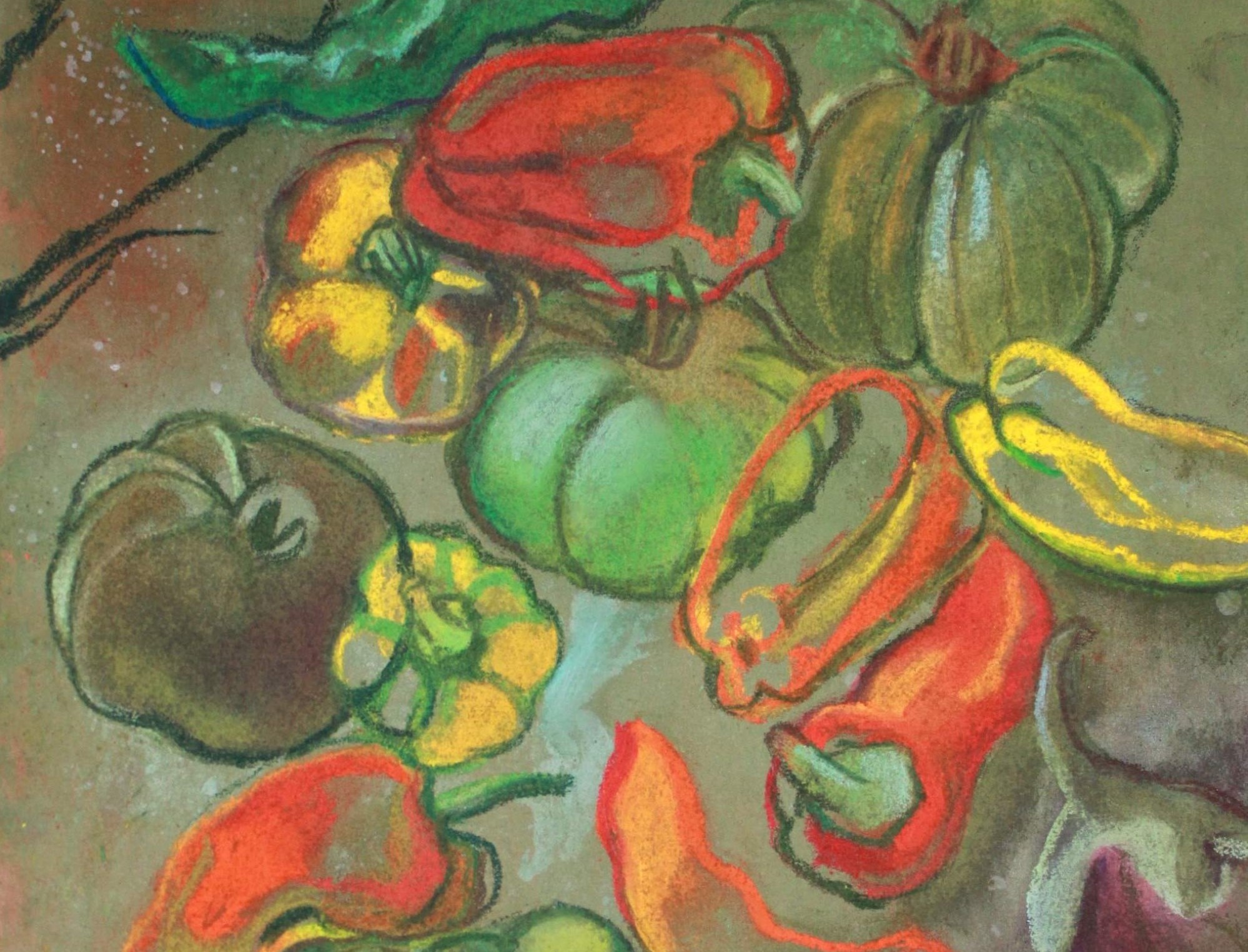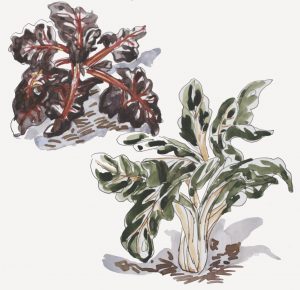If there is a leafy vegetable that does not go unnoticed in the vegetable garden, it is the chard or Swiss chard, also known as Perry!
From the same family as beets, the leaves look very similar but their roots are not edible. In fact, the beet is a chard improved during the Renaissance by Italian farmers. It then spread throughout northern France, Belgium and Germany because it likes deep and humid soils. So it is very local, despite its flamboyant colors that we like to imagine in an exotic place!
Biennial, they are planted in spring in the open ground or in autumn under cover. Curiously, the thinner the stem, the more resistant it is, whereas the Blanche Bressane, with its white and very wide stem (or chard) is less resistant to the cold weather. In other words, do not trust appearances because it is the strongest one that needs to be pampered and not the opposite.
Their foot, from 30 to 20 cm high, supports an abundance of magnificent embossed leaves. Their colors are spectacular, ranging from deep green to purple for their leaves with white, yellow or scarlet stems through the entire range of yellow-orange. The chard has its place in the flowerbeds of prestigious gardens such as Villandry, but is only too timid to appear on our plates, unlike our transalpine neighbors who love it all year round and especially in winter.

